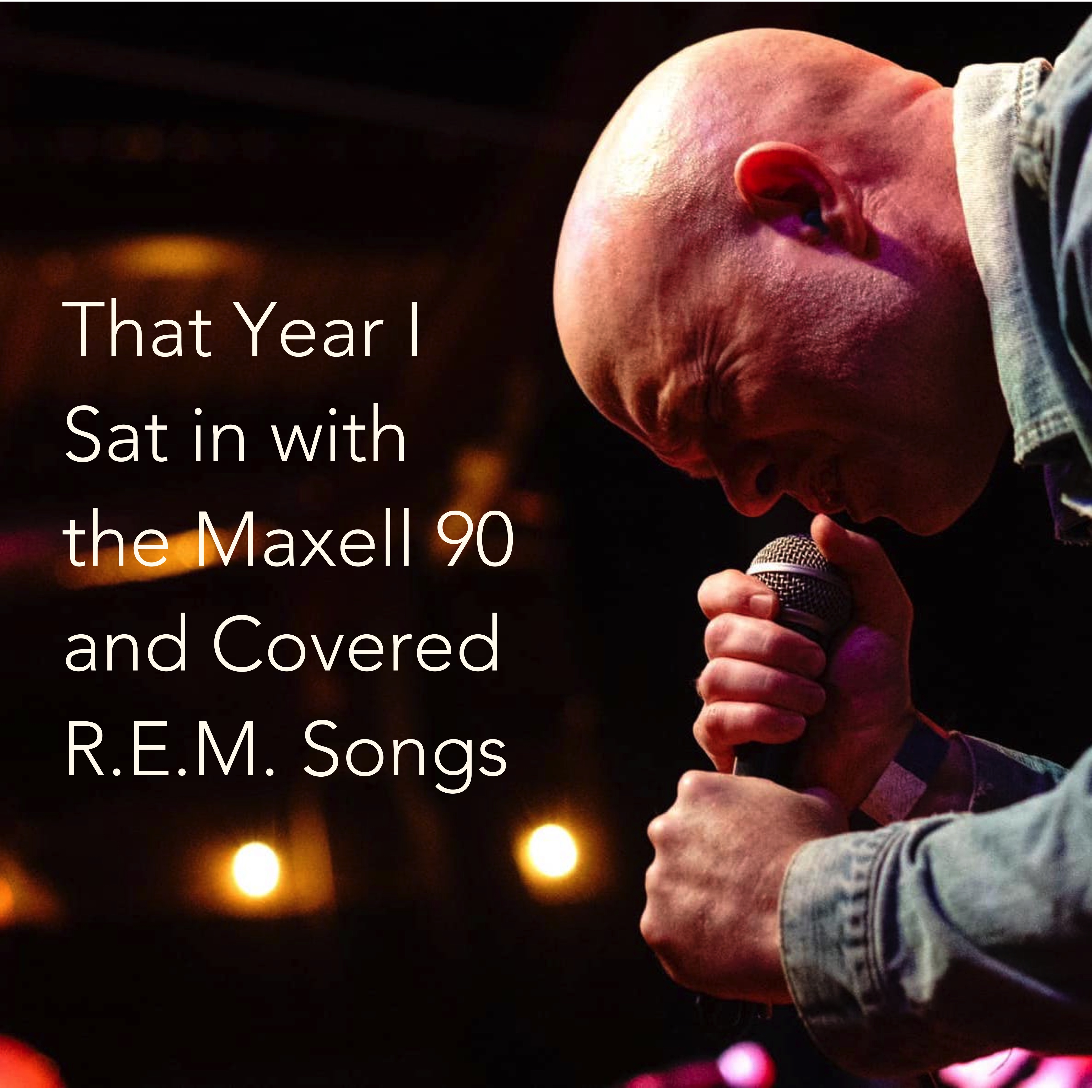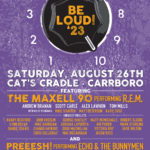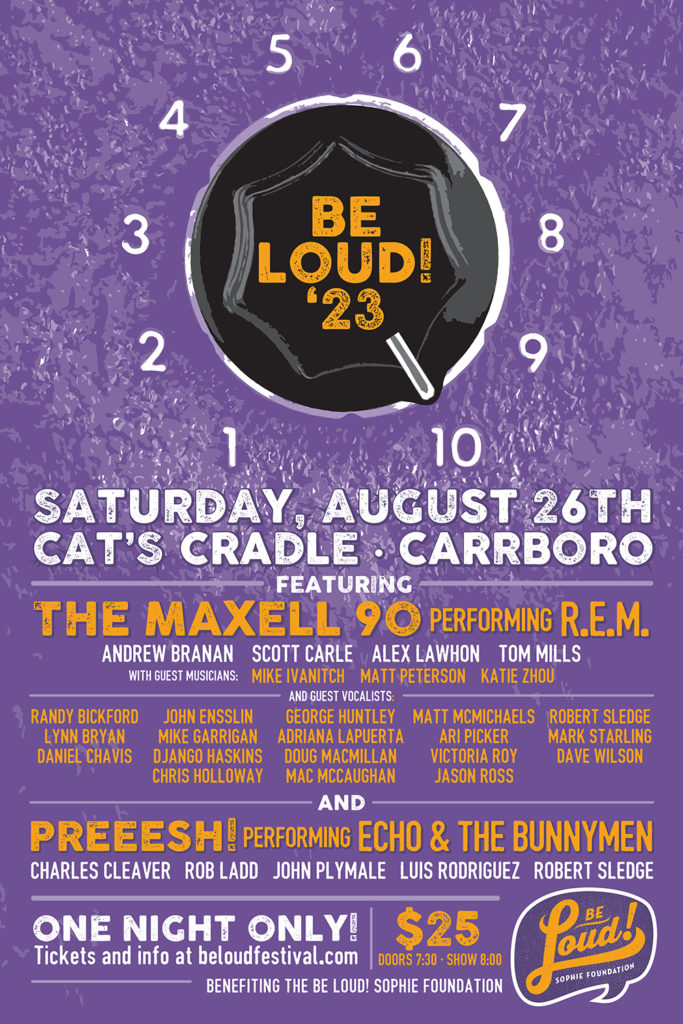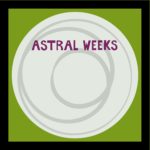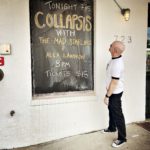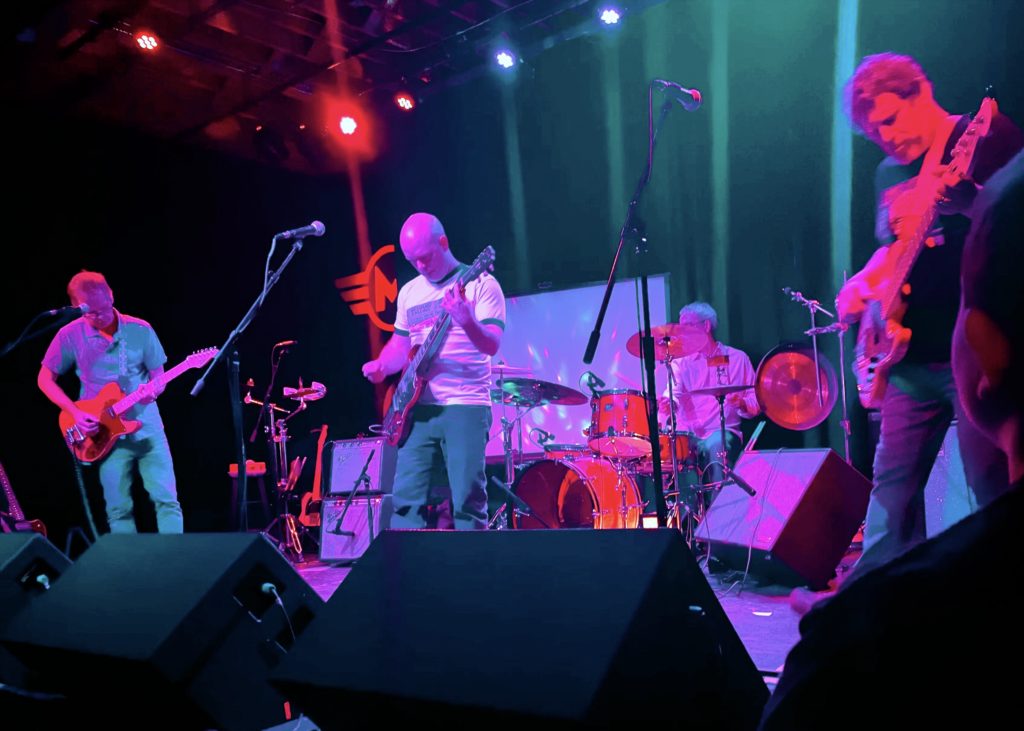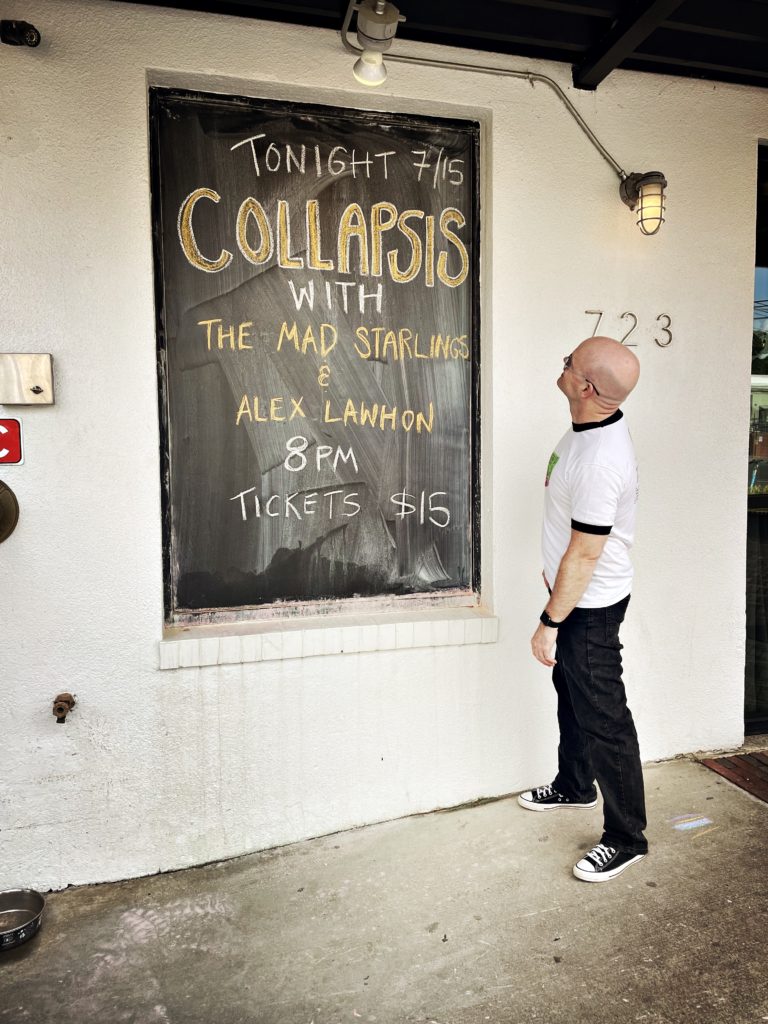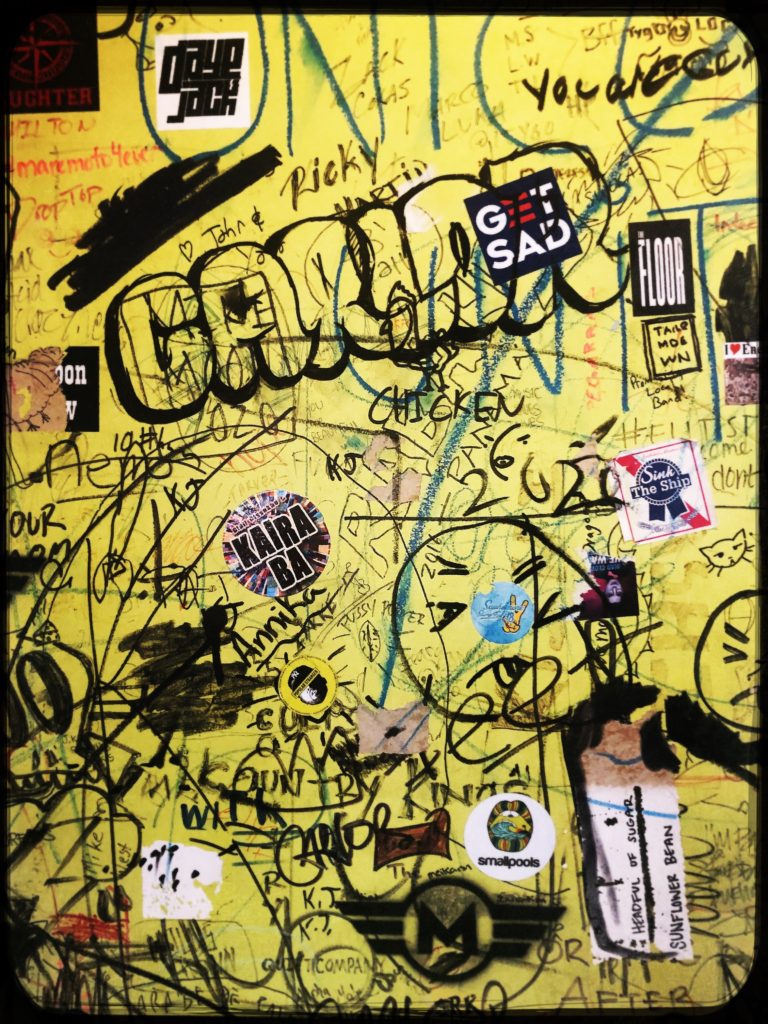
Happy New Year! I hope 2024 treats you well.
One of my core values is creativity. One proven way to enhance one’s creativity is to read a lot.
This year, I plan to read eleven novels.
- The Guest List by Lucy Foley
- Birnam Wood by Eleanor Catton
- Trust by Hernan Diaz
- Moon Witch, Spider King by Marlon James
- Wager by David Grann
- Death on the Nile by Agatha Christie
- The Fall of Hyperion by Dan Simmons
- Holly by Stephen King
- Green Mars by Kim Stanley Robinson
- The Vampire Lestat by Anne Rice
- Bee Sting by Paul Murray
I chose this list based on reviews, my personal taste, and whether the novel was part of a series. Trust, Wager, The Guest List and Bee Sting made the list solely from favorable reviews I read. Birnam Wood, Death on the Nile, and Holly made the list because I enjoy reading works by their authors. The remaining books made the list because they are second in a series in which I’ve read the first novel.
Do a Google search for “why reading is important” and you’ll find dozens of benefits to reading. For one, reading enhances creativity. Reading a dialog or a description of a setting requires imagination. The more you imagine, the better you are able to create things like art or solutions to problems. Secondly, reading improves analytical skills. All writing consists of patterns. Nonfiction requires a premise, supporting statements, and a conclusion. Spotting assumptions in an essay, for example, can reveal what unspoken values the author holds. Fiction works in a similar way. Every scene of a story consists of five parts: an inciting event, complications, crisis, climax, and resolution. Reflecting on narrative structure in fiction can reveal insights into human nature. Thirdly, reading is entertaining. Different genres provide different experiences. A whodunnit may be a page turner while an African sci-fi fantasy novel like Black Leopard, Red Wolf may cause me to pause and reflect.
The only drawback to reading is eyestrain.
I spend thirty minutes a day reading books from my reading list. For these brief sessions, I immersion read. I have the audiobook and the text before me and I take it all in simultaneously. I wish this were an option for me back in high school with some of the more difficult literature we read. I find immersive reading to help not only in comprehension, but also in getting subtext from a reader’s performance.
What are you reading nowadays? Let me know in the comments or hit me up on the socials.
